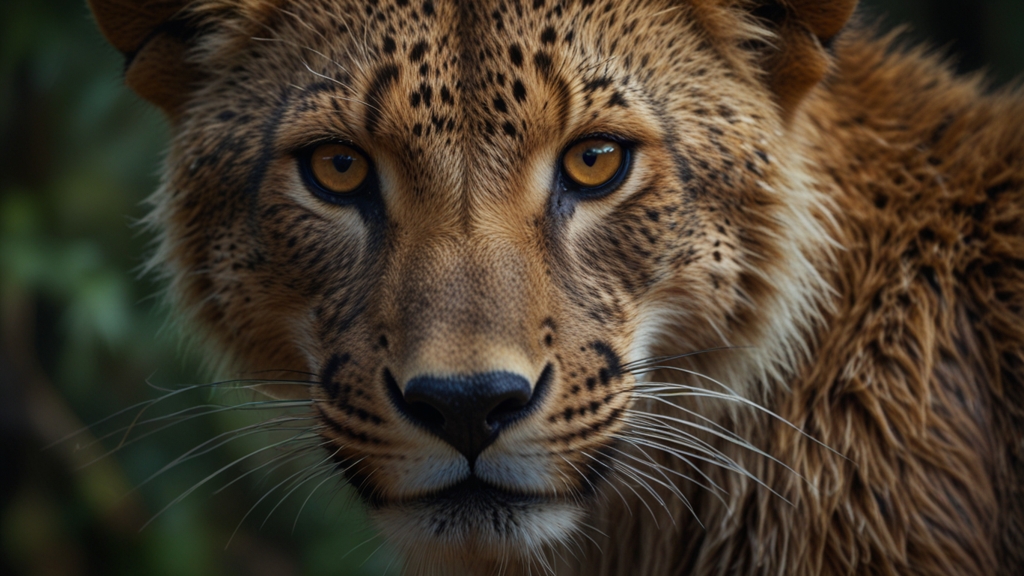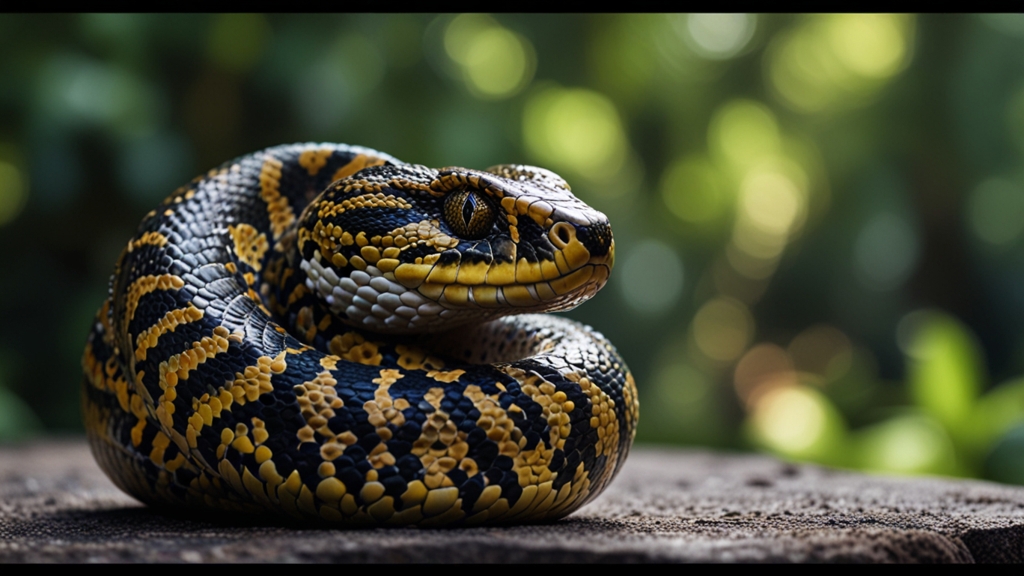Documenting Earth's Rare and Unique Wildlife
From the majestic mountains to the deepest oceans, Earth is home to an astonishing variety of wildlife. Some species are so rare and unique that their very existence captivates and intrigues scientists and nature enthusiasts alike. Documenting these rare and unique species is crucial not only for understanding the diverse tapestry of life on our planet but also for ensuring their preservation for generations to come.
The Importance of Wildlife Documentation
Documenting wildlife involves capturing comprehensive records of various species’ behaviors, habitats, and population dynamics. This information is vital for several reasons:
"Understanding the intricacies of species living in remote and often inaccessible habitats allows us to appreciate their role in ecosystems and underscores the urgency of conserving their environments." — Dr. Jane Goodall
Through detailed documentation, researchers can better understand how each species contributes to its ecosystem. For rare species, this knowledge is invaluable as it can inform conservation strategies and help to mitigate threats posed by human activity and climate change.
Challenges in Documenting Rare Species
Documenting rare wildlife is fraught with challenges. Many of these species inhabit remote areas that are difficult to access, such as dense jungles, arid deserts, or the depths of the ocean. Moreover, their elusive nature often means that they are seldom seen, let alone studied in detail.
Technological advancements, such as remote cameras, drones, and satellite tracking, have revolutionized wildlife documentation. These tools offer unprecedented glimpses into the lives of secretive animals, capturing behaviors and interactions that were previously impossible to observe.
Iconic Examples of Rare and Unique Wildlife
Among the planet's most strikingly rare species is the Vaquita, a small porpoise found only in the northern part of the Gulf of California. With fewer than 20 individuals estimated to remain, it is considered the most endangered marine mammal. Intensive documentation efforts are critical to monitoring its status and implementing effective conservation measures.
Another notable example is the Sumatran Rhino, the smallest of the rhinoceros species. With habitat loss and poaching drastically reducing their numbers, efforts to document and protect these animals have become a high priority. Researchers strive to capture as much information as possible about their dwindling populations and fragmented habitats.
"Photographing the world’s most elusive creatures requires patience, perseverance, and a deep respect for the natural world. Every image captured serves as a powerful testament to the species' existence and the urgency of protecting it." — National Geographic Photographer, Joel Sartore
The Role of Citizen Science
Citizen science projects have emerged as important initiatives in the documentation of rare wildlife. By involving local communities and amateur naturalists, these projects harness a wider pool of observers. Platforms like iNaturalist and eBird allow people from around the world to contribute to wildlife databases, providing invaluable data that might otherwise be overlooked.
Such collaborative efforts not only expand our knowledge of rare species but also foster a deeper connection between people and nature, encouraging stewardship and advocacy for wildlife conservation.
Conservation Implications
Effective wildlife conservation is heavily reliant on thorough and accurate documentation. Understanding species’ behaviors, population trends, and habitat requirements informs conservation strategies. For instance, data collected through documentation can highlight critical areas that need protection or restoration, guide breeding programs, and influence policy decisions.
Ultimately, the documentation of Earth's rare and unique wildlife serves as both a scientific pursuit and a moral imperative. It empowers us to act to preserve the rich biodiversity of our planet, ensuring that even the most obscure species have a fighting chance for survival.









